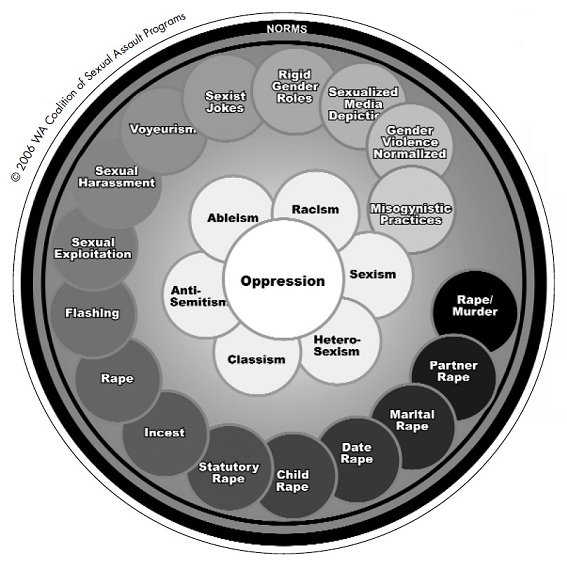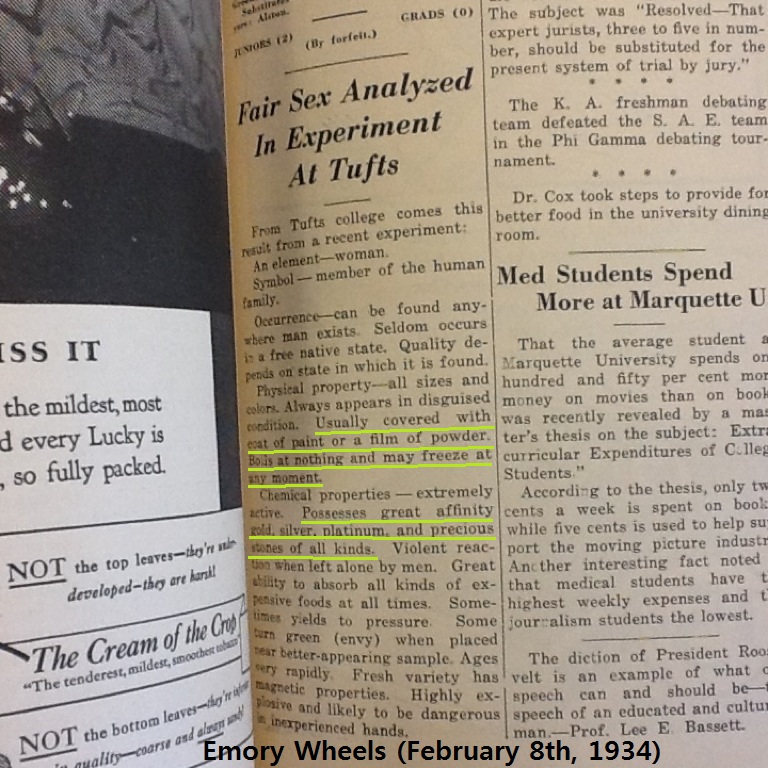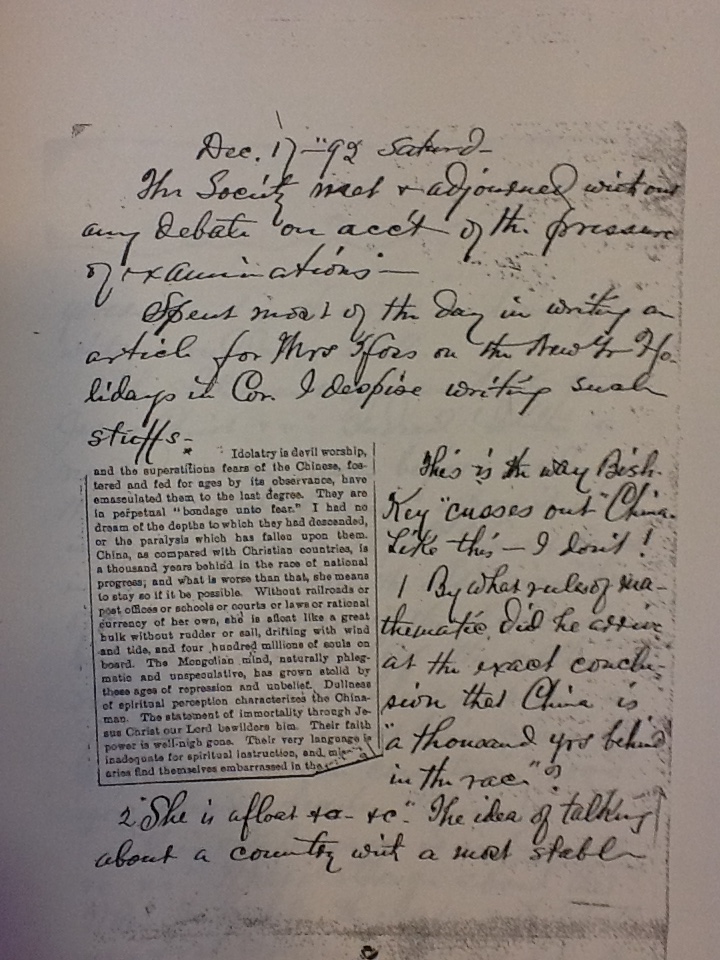The article, “Effects of Rape on Men: A Descriptive Analysis” by Jayne Walker, John Archer, and Michelle Davies shows some significant differences between male and female rape victims in the UK. 852 reported male rape victims may seem very small in number, compared to 11,441 reported female rape victims (in 2002) (Walker et al. 495), but the public ignorance on the male victims may be causing different and possibly more pain in them individually.
Many of the male victims responded that they were shocked at the time of the assault by realizing how vulnerable they can be, probably being the major reason for 82.5% of the victims responding self-blaming for not being able to prevent the assault, 77.5% having low self esteem, and 68% feeling damaged with their masculinity (Walker et al. 501). The common stereotypes of men that expect them to be strong, active, and situation-handling seemed to be making the male victims suffer in different ways, compared to female victims, by making them to think that they failed to fulfill their expectations as men.
To me, it also seemed like an egg-and-chicken problem. Because of the lower number of reported rapes on men and the masculine stereotypes, people are generally much less aware of the issue. If a male becomes a rape victim, he is less likely to report or even just talk about his experience, because he cannot easily find a good place to start looking for help. The article also mentions that some “felt that their complaint was not taken seriously and [they] regretted their decision to tell the police” (Walker et al. 500).
Another interesting difference between male and female victims were questioning one’s sexual identity after being raped. Some formerly heterosexual male victims who experienced erection and ejaculation during the rape were confused with their sexuality because such bodily reactions were considered as enjoying. It is impossible to know how these male victims felt during and after the rape, but I thought they could also regard their erections as just a physiological response that are not different from having swollen face after being punched, or feeling tired after a sprint. Even Male babies are known to be capable of having erections when accidentally stimulated, but nobody would think that the babies were enjoying the accidental arousal.
Among the statistics, I was also surprised by the fact that 20% and 45% of the assaults happened at victim’s and perpetrator’s home, respectively (Walker et al. 497). As the article describes, this suggests that at least 65% of the victims could not imagine himself getting raped by their perpetrators. It actually reminded me of the “Project Unspoken: I am tired of the silence” clip by Respect Program. In the video, male and female students and staffs are being asked what they are doing in daily basis to prevent themselves from being sexually assaulted or harassed. Almost every male responded that they are not doing much in daily basis whereas all female participants could respond without much hesitation.
In order to provide greater help to male rape victims, we should become more knowledgeable about the issue. In order to do so, we would need more research on the victims and the nature of assaults, which will become possible when male-male rape becomes more acknowledged by the society as an issue.
Sources
Effects of Rape on Men: A Descriptive Analysis by Jayne Walker, John Archer, and Michelle Davies
Project Unspoken: I am tired of the silence by Emory University Respect Program (http://www.youtube.com/watch?v=eCCaKuWQLp8)




